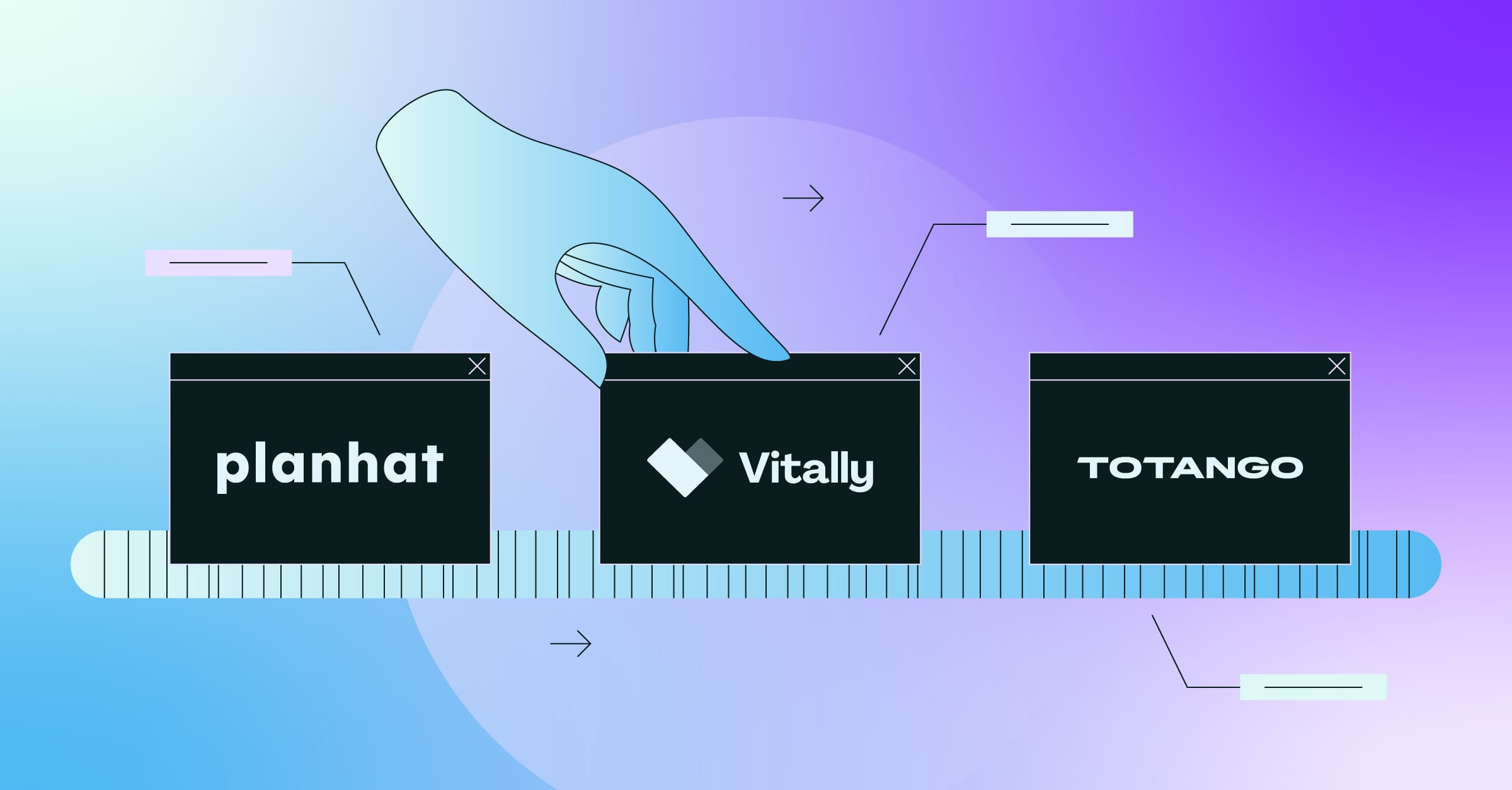
5 Best Meeting Recording & Note-Taking Software for CSMs
Looking for a note-taker that is perfectly designed for Customer Success? You’re in luck. Browse our list of the top meeting recording tools and choose your favorite.
![The Best Renewal Management Software For Customer Success Teams [Updated for 2026]](https://cdn.prod.website-files.com/63d3e5f547ca0a123a2e07e0/69430fb74a071be449fd79ba_best-customer-renewal-mgmt-software-for-cs.jpg)
The Best Renewal Management Software For Customer Success Teams [Updated for 2026]
Looking to automate your renewal process? Check out the top renewal management software platforms for Customer Success Teams.

The 20 Tools Every CSM Needs to Use
Today’s CSMs need the right mix of tools to serve customers at scale while staying sane. Here are our top software picks for CSMs.
![The Best Churn Management Software [Updated for 2025]](https://cdn.prod.website-files.com/63d3e5f547ca0a123a2e07e0/690ccc749cc354c9cbea7f0e_best-churn-analysis-software.jpg)
The Best Churn Management Software [Updated for 2025]
Churn is the not-so-silent killer of SaaS companies, but with the right tools, you can manage it effectively. Learn more in this guide to the best churn management software.

Totango vs Planhat vs Vitally: Which CSP is Best?
Looking for a CSP? You’ll come across Vitally, Totango, and Planhat as options. Find out which is best in this article.
![The Best Customer Success Automation Software [Updated for 2025]](https://cdn.prod.website-files.com/63d3e5f547ca0a123a2e07e0/690382072ba3af5f1bc493c5_top-cs-automataion.jpg)
The Best Customer Success Automation Software [Updated for 2025]
Automation doesn’t have to mean canned responses. Check out this guide to the best automation software for Customer Success teams to deliver a stellar experience at scale.

Introducing Blueprints: Ready-to-Use Templates Powered by CS Experts
Discover the Blueprint Library — expert-built templates to help Customer Success teams launch faster, standardize workflows, and scale with ease.

How to Scale Customer Success: Strategies, Timing, and the Role of AI
We dig into what scaled CS is, share some common misconceptions about it, and offer a couple of proven scaled CS programs you can explore for your team.

What Is Customer Success Software? Why More CS Leaders Are Choosing CSPs
Customer Success Software is a category of B2B business software that companies use to monitor, manage, and optimize their customer journeys. Here's why Customer Success Software is crucial to the health of your business.

Customer Onboarding Best Practices: 5 Proven Habits from Top CS Leaders
In episode four of Vitally's series One Vital Question, five Customer Success industry leaders share their essential tactics for curating onboarding experiences that lead to higher Time to Value (TTV), stronger relationships, and better customer outcomes.

Introducing Vitally AI, Your AI Copilot for Customer Success
We’re excited to share the launch of Vitally AI — the purpose-built AI for Customer Success. Learn more about the benefits of our suite of AI CS features including Vitally’s AI Meeting Recorder.

Vitally vs ChurnZero vs Planhat: Which CSP is Best?
Looking for a Customer Success Platform? You’ll come across Vitally, ChurnZero, and Planhat as top options. In this article, we’ll help you make the right choice for your team.

Transforming Customer Success: 5 Innovative Strategies from Industry Leaders
From revamping data storytelling to bridging gaps between sales and CS, five CS leaders share with Vitally the innovative strategies that transformed how their teams operate.

How to Build a Customer Success Process That Actually Works
If you’re an early-stage CS leader who’s been “making it work,” this one's for you. Here are some expert strategies for defining and implementing a unique Customer Success process for your team.

6 Proven Strategies to Build an Effective Customer Success Team
Discover six expert-backed strategies to boost your Customer Success team's effectiveness, drive NRR, and build a scalable CS strategy.

Simplifying Your Customer Health Scores with Four Key Metrics
Any B2B Customer Success team can build a powerful, practical health score to identify healthy and at-risk accounts by using these simple metrics.

How to Make Customer Discovery a Continuous Process
For Customer Success professionals, customer discovery is more important than ever, and it has to be a continuous process.

Churn Rate Benchmarks & Insights for B2B SaaS Leaders in 2025
We’ve assembled the latest data on churn rates for B2B SaaS companies in 2025. How does your team measure up?
Subscribe for Updates
Be the first to hear about new blog posts, resources, events, and more.










